Former Chancellors
Discover the legacy of leaders who have shaped our institution through periods of challenges, growth, and transformation.
The 19th Century
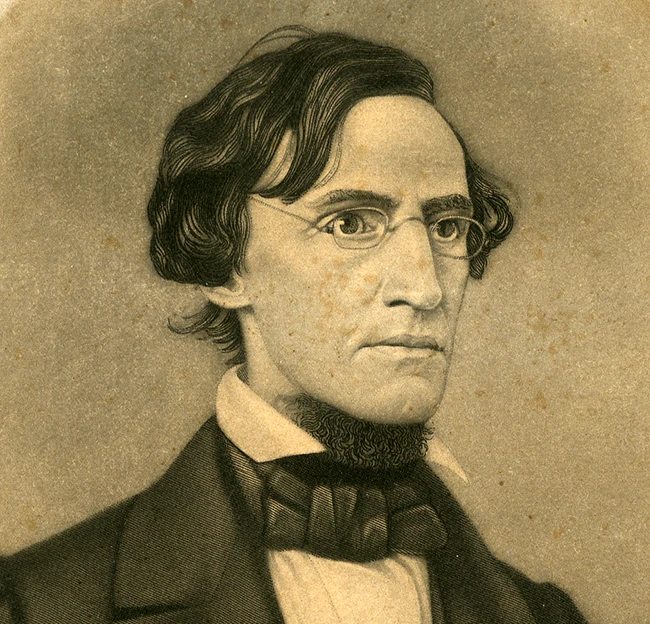
1848-1849
George F. Holmes
A native of British Guiana, the university’s first president taught in Quebec, Virginia, Georgia and South Caroline before being appointed to lead Mississippi’s first state university at the age of 28. He returned to Virginia less than a year later when his daughter became ill, and he later taught at the University of Virginia for 40 years.
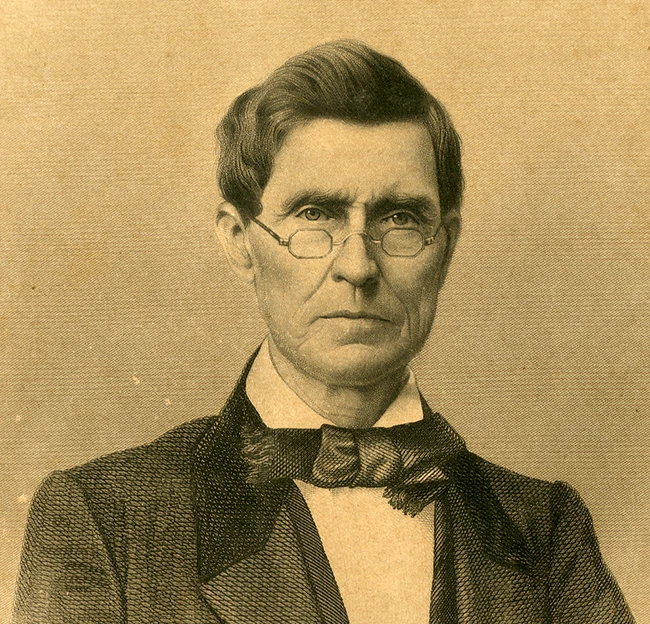
1849-1856
Augustus Baldwin Longstreet
A lawyer and Methodist minister, A.B. Longstreet served in the state Legislature in his native Georgia and was president of both Emory College and Centenary College before being named the second president of the University of Mississippi. His tenure included the institution of entrance exams, strengthening of the honor code and strict discipline. After his resignation, he served as president of the University of South Carolina.
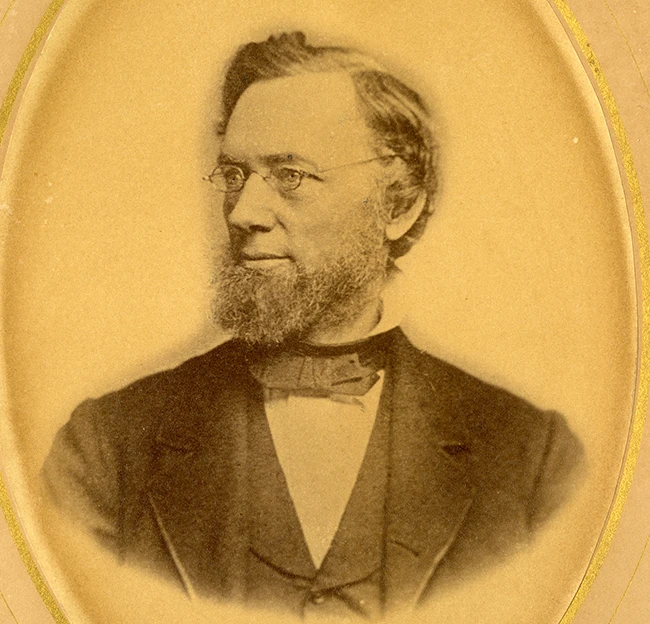
1856-1861
Frederick Augustus Porter Barnard
Frederick A.P. Barnard, a native of Massachusetts, served as a professor at the University of Alabama before joining UM, where he taught mathematics, physics, and civil engineering. As president, he advocated for increased funding to expand faculty and equipment, prompting a change in title to chancellor. His ambition was to elevate UM into a leading scientific institution, evidenced by his extensive collection of scientific instruments and construction of an observatory, later interrupted by the Civil War.
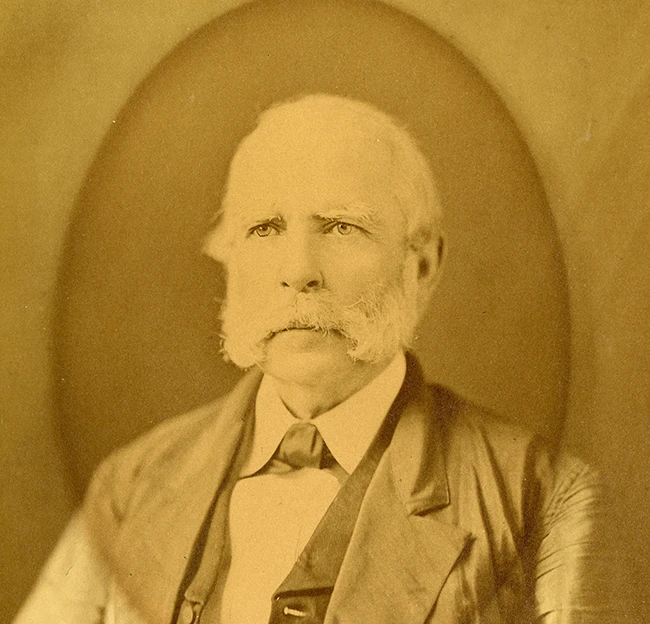
1865-1874
John Newton Waddel
A charter member of the university’s board of trustees, John Newton Waddell resigned his position when the university opened to become one of the first four faculty members, teaching ancient languages. A Presbyterian minister, he was passed over as chancellor when Barnard was appointed and left to lead LaGrange Tennessee Presbyterian Synodical College. He returned when the university reopened after the war.
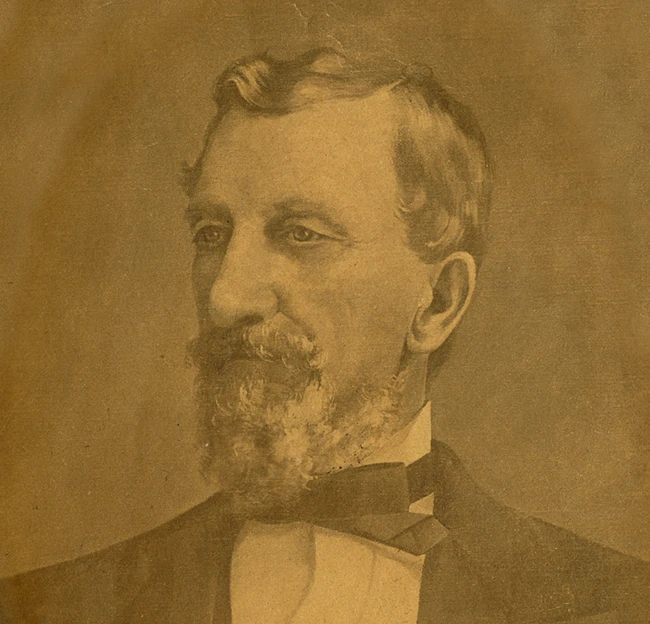
1874-1886
Alexander P. Stewart
A graduate of the U.S. Military Academy, Alexander P. Stewart taught mathematics at Cumberland University and the University of Nashville before serving as a Confederate general during the Civil War. He guided UM through Reconstruction and is credited with increasing enrollment, reinstating the law program and leading the movement to admit women.
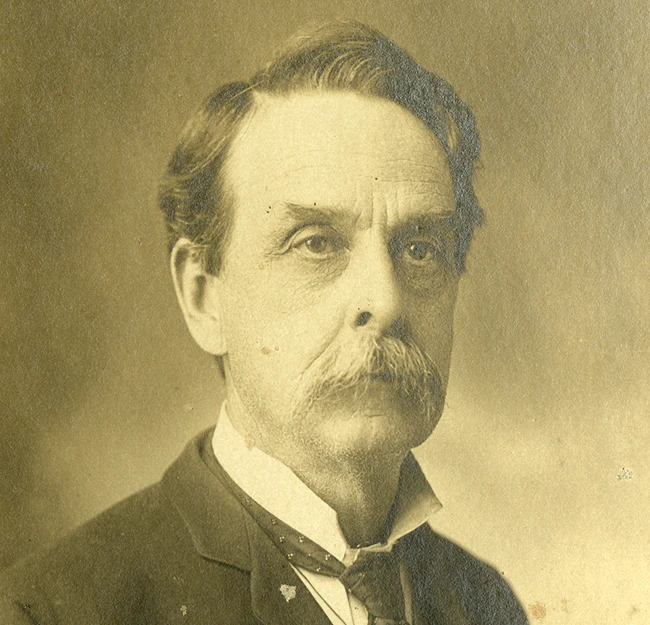
1886-1892
Edward Mayes
Hinds County native Edward Mayes was the first native Mississippian and UM alumnus to lead the university. Enrolling in the university after the Civil War, he earned a baccalaureate degree in 1869 and a law degree in 1869. He joined the faculty in 1877 and became chairman of the faculty (the title of chancellor was abolished in 1886) and then chancellor when the title was restored in 1889. After leaving UM, he worked as an attorney for the Illinois Central Railroad and a law professor at Millsaps College.
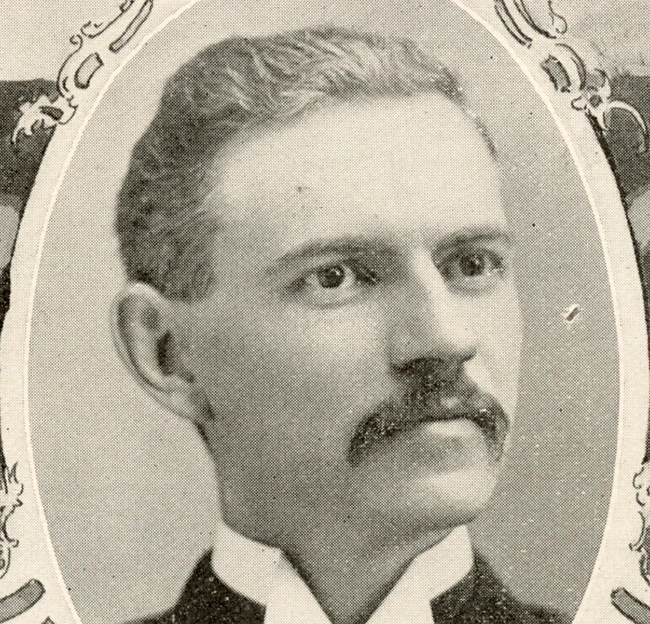
1892-1906
Robert Burwell Fulton
The second alumnus to lead his alma mater, Robert Burwell Fulton earned his bachelor’s degree with highest honors in 1869. He taught in Alabama and Louisiana before returning to Oxford in 1871 as a tutor in physics and astronomy. After earning his master’s degree, he became a full professor. Under his leadership, the UM campus expanded dramatically and modern conveniences such as steam heat, running water, telephones and a sewer system were added. He also oversaw the creation of the schools of Engineering, Education and Medicine.
The 20th Century
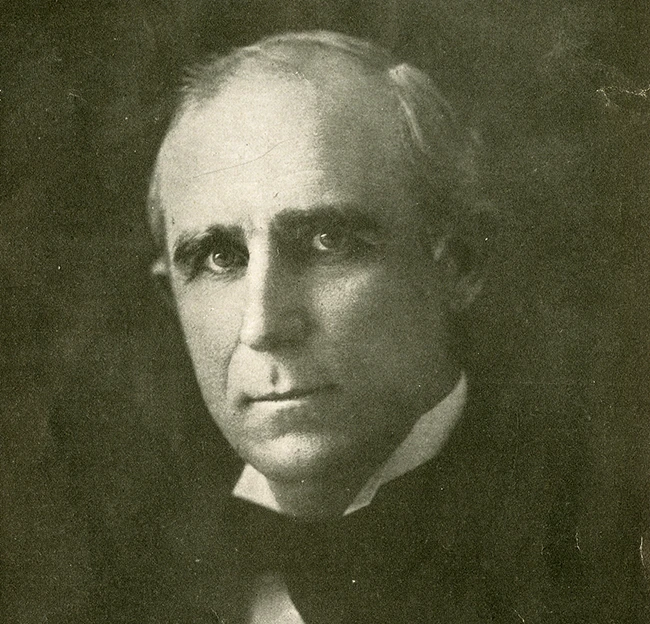
1907-1914
Andrew Armstrong Kincannon
Effective in dealing with the state Legislature, Andrew Armstrong Kincannon secured UM's largest state appropriations, using them to construct new academic buildings, a power plant, a laundry, a student infirmary, and a men’s dormitory. Formerly president of what is now Mississippi University for Women, he later served as a Memphis school superintendent and president of what is now the University of Memphis. In 1929, he joined what is now the University of Southern Mississippi.
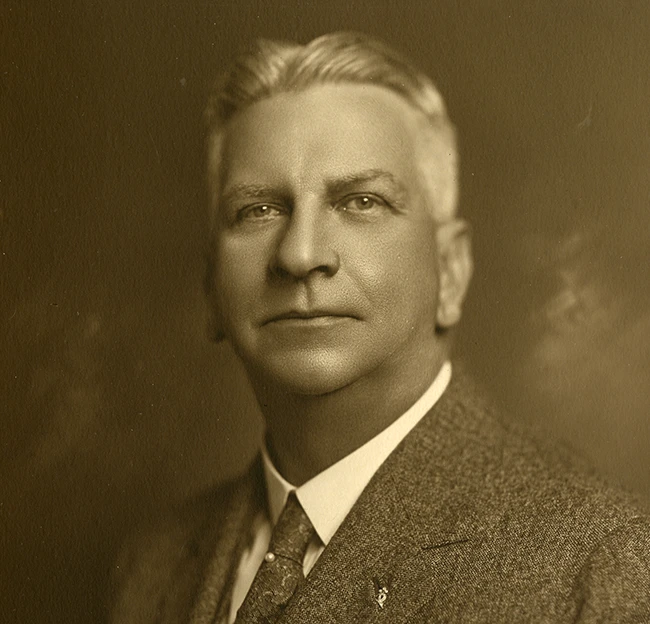
1914-1924, 1930-1932
Joseph Neely Powers
Joseph Neely Powers, Mississippi’s state superintendent of education from 1907 to 1914, established agricultural high schools and home economics programs for female students. He advocated for "normal colleges" to train teachers and played a key role in founding what became the University of Southern Mississippi in 1912. Due to financial and political controversy, Gov. Henry Whitfield removed him from UM in 1924, but he returned briefly as chancellor in 1930 after Gov. Theodore Bilbo dismissed his successor, Alfred Hume.
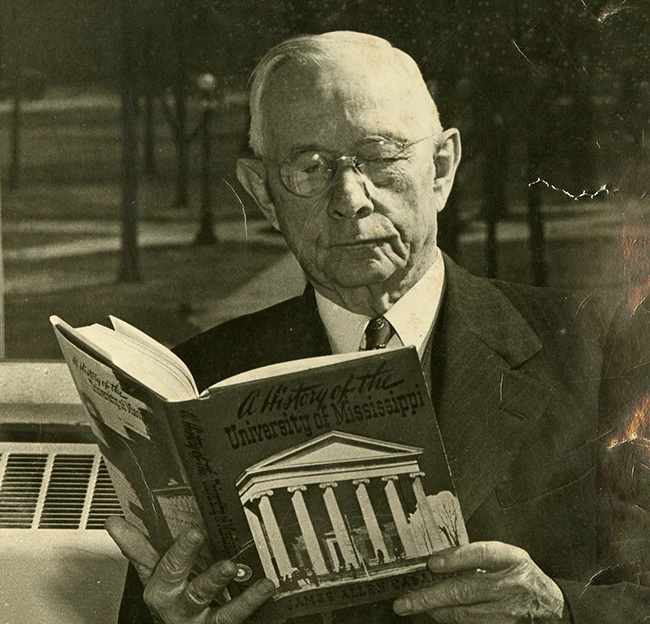
1924-1930, 1932-1935, 1942-1943
Alfred Hume
Alfred Hume, a mathematics professor since 1890, later taught civil engineering and became dean of the College of Liberal Arts in 1905. Serving as vice chancellor and then chancellor from 1924, he oversaw rapid enrollment growth and campus expansion. Gov. Theodore Bilbo dismissed him in 1930, but he returned as chancellor in 1932. Additionally, he served as acting chancellor in 1942-1943. Continuing to teach until his passing, Hume dedicated 58 years to the university.
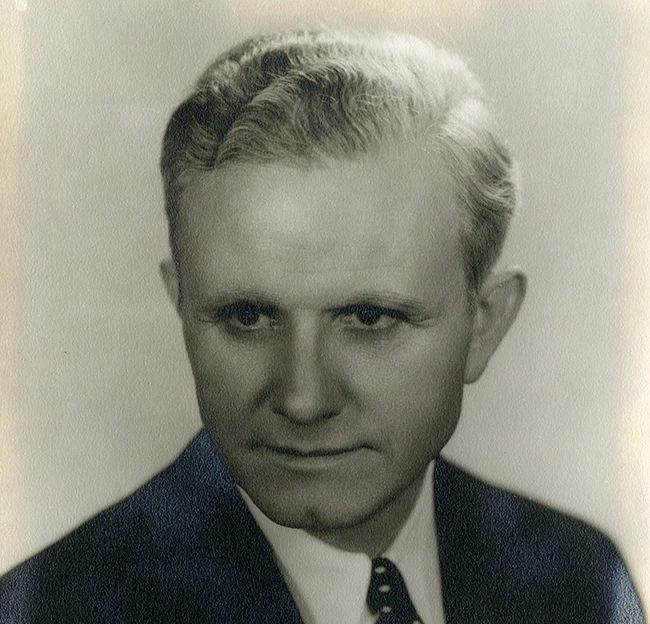
1935-1946
Alfred Benjamin Butts
A visionary leader, Alfred Benjamin Butts guided the university through the Depression and World War II and then helped cope with enrollment that more than doubled in one year after the war. Butts came to UM from Mississippi A&M, where he was a faculty member and vice president. During his tenure at UM, the athletics teams were christened the Rebels. After leaving the university, Butts worked in Washington, D.C., to help direct the post-graduate work of army officers at universities nationwide.
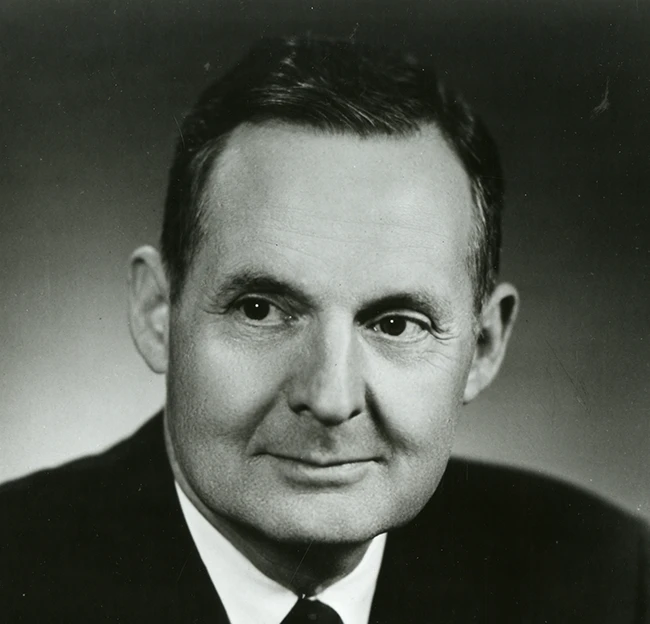
1946-1968
John Davis Williams
President of Marshall University before coming to UM, John Davis Williams addressed UM's post-WWII enrollment surge by constructing numerous academic and housing buildings and expanding faculty. He also helped steer the university through integration. As a member of Phi Kappa Phi and Omicron Delta Kappa, he bolstered academic prestige through roles in various educational organizations, including the American Council on Education, Southern Regional Education Board, and several other university conferences and associations.
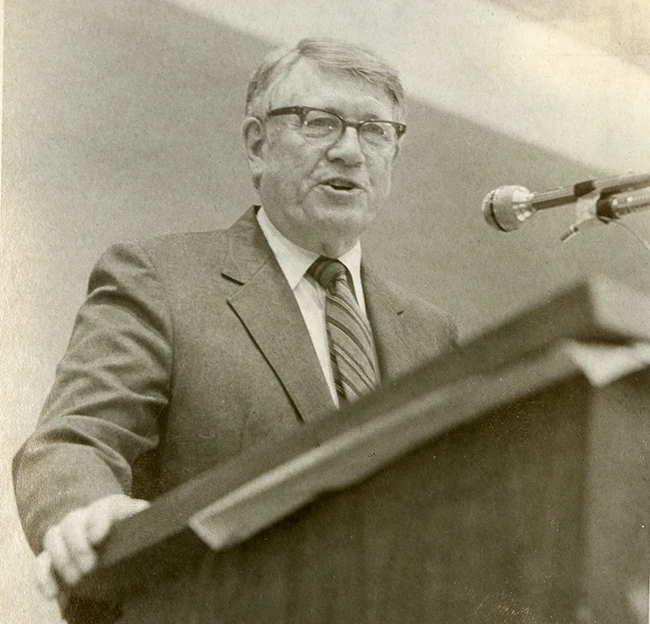
1968-1984
Porter Lee Fortune Jr.
Under Porter Fortune's leadership, UM made strides as a cultural center. Previously an executive secretary of the National Exchange Club and Dean of the University of Southern Mississippi Graduate School, Fortune oversaw significant developments, like purchasing Rowan Oak, establishing the Skipwith Museum, and founding academic centers like the Center for the Study of Southern Culture and the Sarah Isom Center for Women’s Studies, and more. He also helped launch the annual Faulkner Conference.
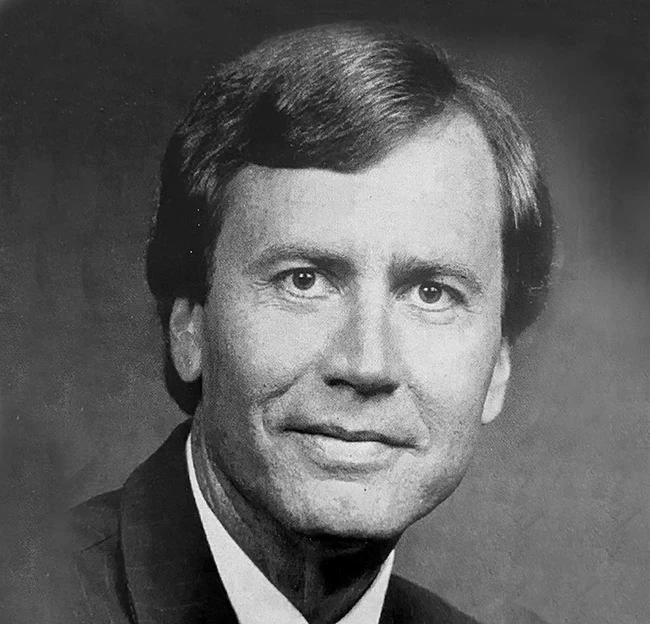
1984-1995
Gerald Turner
Texas native Gerald Turner had served as an administrator at Pepperdine University and the University of Oklahoma before being named chancellor. He used his inauguration to launch a campaign to raise $25 million for academics, the first private fundraising campaign in UM history. Under his leadership, the university’s endowment grew from $8 million to $64 million, six national centers for research and service were established with federal funding and externally funded research increased more than 300 percent. He resigned after 11 years in office to become president of Southern Methodist University.
The 21st Century
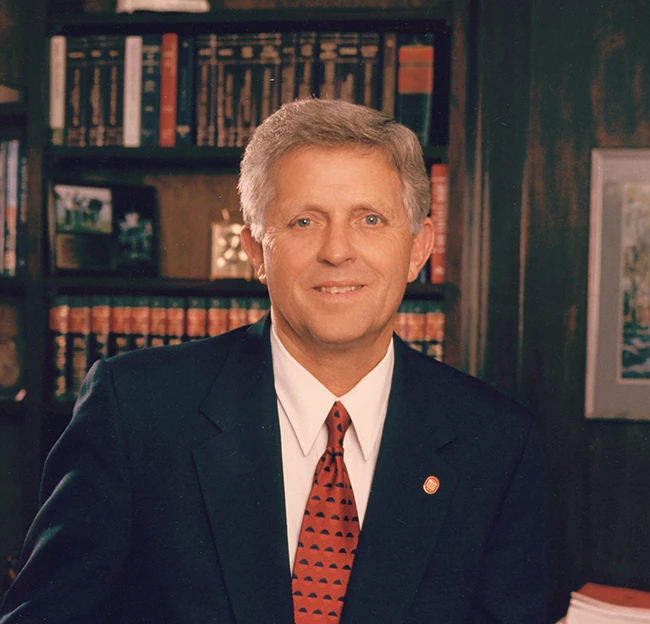
1995-2009
Robert C. Khayat
Robert Khayat, one of UM's most esteemed chancellors, set ambitious goals for his alma mater, elevating the university's academic standing. Initiatives under his leadership included faculty salary increases, campus renovations, and establishing a renowned honors college and chapter of Phi Beta Kappa. He spearheaded the Commitment to Excellence campaign, raising $525.9 million. A former NFL player, Khayat holds degrees from Ole Miss and Yale. Post-retirement, he remains active in fundraising for the University Foundation.
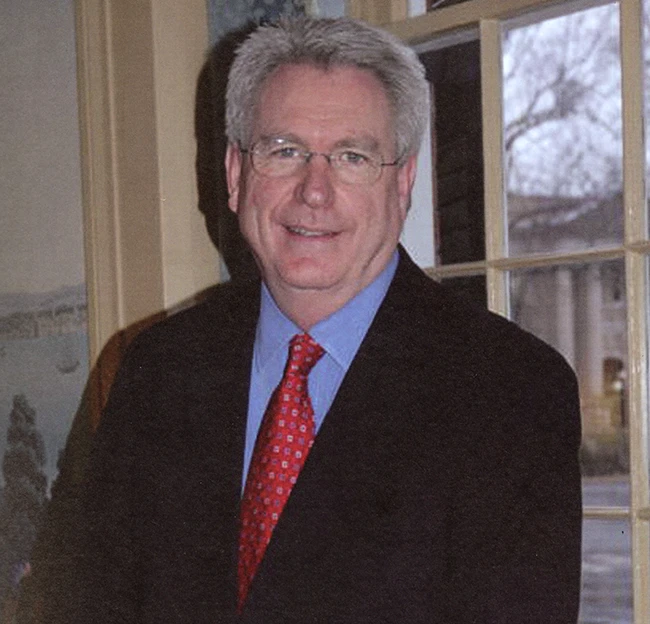
2009-2015
Daniel W. Jones
Under Dr. Daniel W. Jones’ leadership, the University of Mississippi undertook a major initiative to promote diversity across all its campuses and launched an unprecedented construction boom, including new academic, residential and athletics facilities. Enrollment surged nearly 26 percent, and donations to the university also hit record highs.
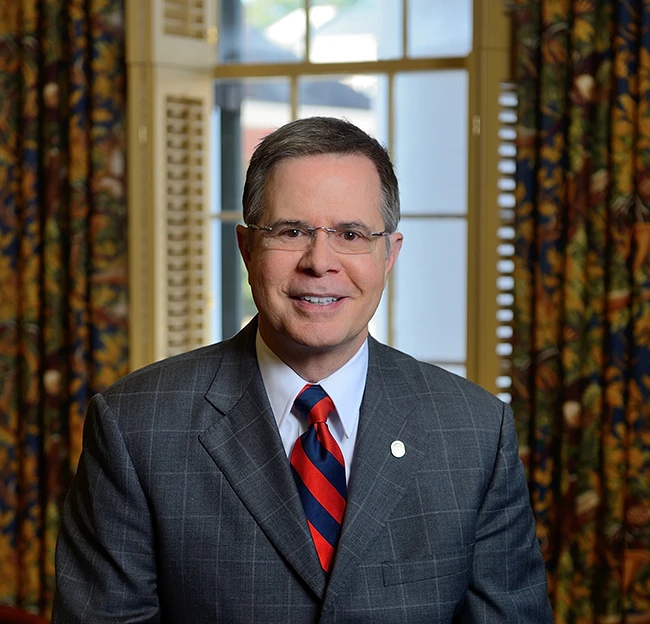
2016-2019
Jeffrey S. Vitter
Under Jeffrey S. Vitter's leadership, UM implemented the Flagship Forward strategic plan, aiming for higher academic excellence. Achievements included maintaining its Carnegie R1 research designation, advancing interdisciplinary research, and enhancing STEM education via Technology Summits. Vitter oversaw a $1 billion construction program, initiated community partnerships through M Partner, and advocated for the Healthcare Collaboration Act. His Chancellor’s Advisory Committee on History and Context fostered campus inclusivity. Post-chancellorship, Vitter resumed teaching as a distinguished computer science professor.
